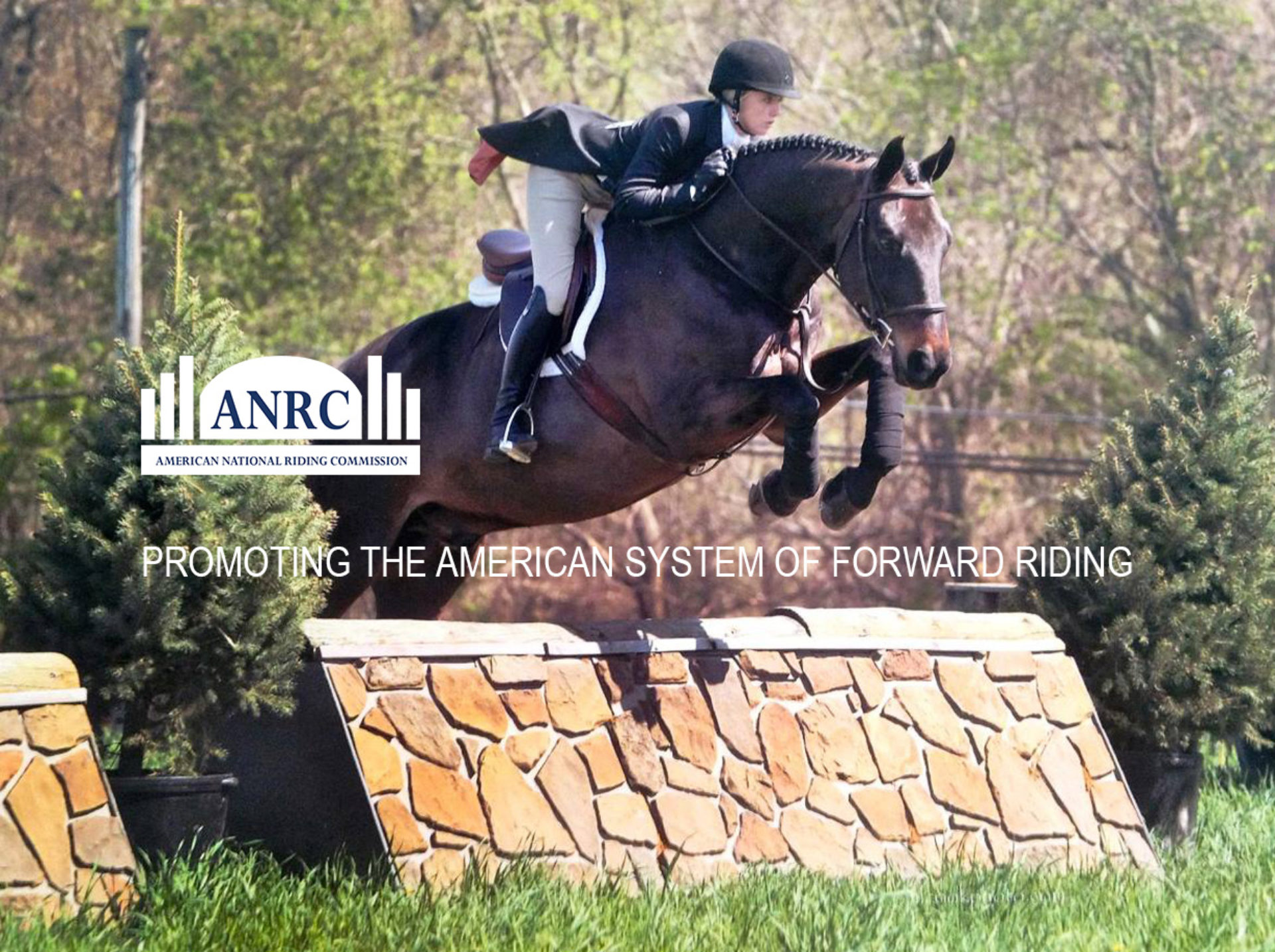by Pam Whitfield
Joe Fargis of Middleburg, Va., is best known for winning the 1984 Olympic individual gold medal aboard Touch of Class, but the veteran jumper rider has spent the past five decades in the horse industry putting in the long hours needed to find and develop horses with talent.
Joe began his education with Jane Dillon at the Junior Equitation School in Vienna, Va. He then rode with Frances Rowe at her Foxwood Farm in Crozier, Va. for 12 years before studying under Bert de Nemethy and riding on the US Equestrian Team. He and fellow Olympic medalist Conrad Homfeld ran the partnership Sandron for over a decade until Homfeld retired from competition. Joe currently competes Grand Prix jumpers in both the United States and Canada, and makes frequent trips to Europe in search of talented prospects.
The former Olympian finds himself sticking to his roots: the forward riding system as he learned it under Mrs. Dillon. “I couldn’t have gotten a better start,” he said. “I’m very appreciative of having met her.”
Joe rode with Mrs. Dillon “until my last junior moment in 1966, and I haven’t changed my mind since then,” he said. “Mrs. Dillon kept telling us the same things over and over, and I keep doing the same things over and over.”
According to Joe, the principles of forward riding are an indispensable part of a jumper’s education. “It’s the first step in making the jumper a complete horse,” he explained. “You keep the horse straight, ride him forward, stay off his back, get him to the point that he’s nicely stabilized, and then he’s a good student and can go on to collected work.”
Joe emphasizes stabilization because “it’s an early step in the training of a horse to let him be on his own for awhile and find his own balance and rhythm,” he stated. “Once he is stabilized, then you begin to collect him and give him more experience in the show ring. I don’t like to collect a horse until he’s a little older, perhaps six or seven.”
It sounds deceptively simple, “but it is,” Joe continued. “There’s no smoke and mirrors, no swirling cape. It has to be kept simple and I think it’s getting too complicated these days. I think people overanalyze and over-do. One needs a calm, straight, well-trained horse, and if the horse has talent, then there’s not much else to do but ride it well.”
When the trainer runs into challenges with a young horse or a new one, he goes back to the basics and lets the system sort it out for him. “I just go back to the beginning and walk-trot-canter both directions, and see if the horse can do that,” he explained. “If so, then we do cavaletti, and if he can do that, then some low jumps.”
By sticking to the same progression of skills, Joe can pinpoint gaps in a horse’s education—and ensure consistency in his training. “You have to gain their trust,” said the rider. “You have to tell them the same thing every day.”
